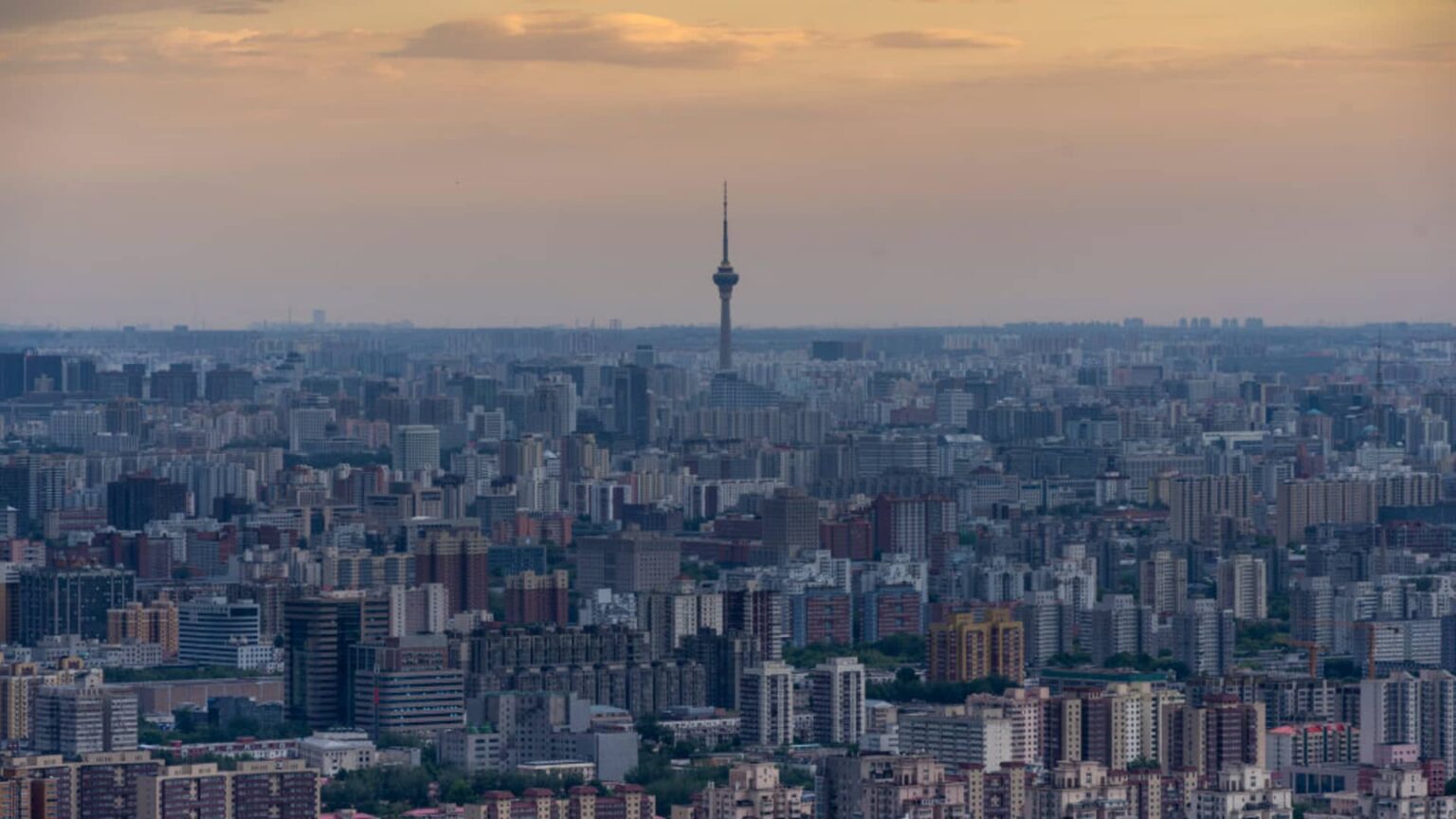China is overinvested as its economy continues to get buffeted — but India has room for investment opportunities, said Morgan Stanley.
“China is overinvested. It’s overleveraged and it’s oversupplied. And then it has this geopolitical cloud over it,” said Jitania Kandhari, Morgan Stanley’s deputy CIO for solutions & multi-asset and managing director.
This is in contrast to India, which Kandhari says is underinvested.
“It’s underinvested because investment to GDP was down, and now investment and manufacturing are hopefully picking up with the China-plus-one diversion of trade that is happening there,” Kandhari told CNBC’s “Squawk Box Asia.”
Recently companies have pursued a “China-plus-one” strategy as they diversify their supply chains in a bid for resilience.
India story definitely feels like it has legs.
Jitania Kandhari
Deputy CIO at Morgan Stanley
Kandhari added that India is undersupplied in terms of homes and property, whereas “China has so many excesses.”
China’s real estate sector has been mired in debt and plagued by weak sales. New home sales for the top 100 developers sunk by about a third in June and July from a year ago, after double-digit growth earlier in the year, according to S&P Global Ratings.
“India’s beginning a new cycle on the real estate side — made in India, work from India — with the global centers setting up there,” she elaborated.
“So India story definitely feels like it has legs.”
That being said, Kandhari feels that some pockets of China are still investable, hinging on the improvement of the country’s economic growth.
Kandhari said a key factor that investors need to take into account is that the risk premium in both public and private Chinese assets have gone up given geopolitical issues, as well as the country’s nominal growth which has “collapsed.”
China has been battered by a slew of disappointing economic figures, with the latest economic data broadly missing expectations.
“You really need the nominal side of the economy to pick up, and that will be only in areas where there is pricing power, or areas where you would see growth,” Kandhari said, citing examples in green technology and semiconductors.
But these will only be in small pockets, she reaffirmed. Additionally, capitulation in China has only happened at the sentiment level, but not at the flows level where it’s looking “like a screaming buy,” she surmised. Capitulation generally means a point at which investors sell their assets out of fear.
“So I think it will take a while for even any upside, and [for] some of the select pockets that [will] look encouraging to us.”
Read the full article here










